Geographically, the Copo National Park is located on the border with the Chaco and is one of the most unexplored national parks in our country.
It is ideal for everyone who wants to hike. You cannot transit coin vehicles. There is no signal for cell phones.
The wild nature appears in all its magnitude.
The park has a biodiversity rich in birds, shrubs and quebrachos, it has the anteater and the white-collar quimile pig as protagonists.
The emblematic animal of the park (and the one we see reflected in the entrance sign) is the quilted pig.
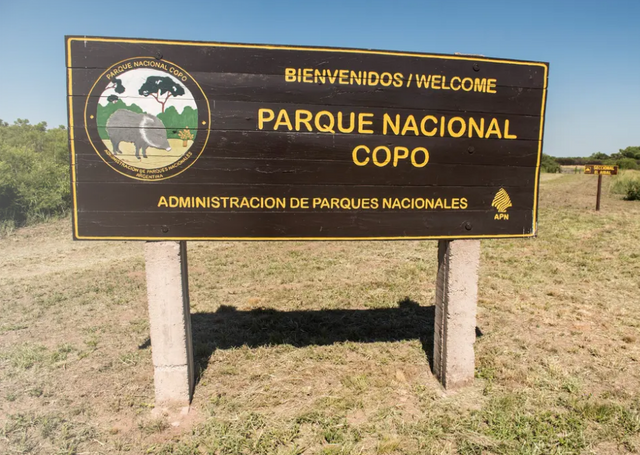
The fauna in the Copo National Park.
The fauna that houses the Copo National Park is very valuable both for the number of species and for their conservation status, since many of them are threatened, one in critical condition and others are in very few national protected areas.
There are many examples of fauna that we have seen in our tour and that we have also found in other parks such as the woodpecker, hawks. hawks, pigeons, hornero, etc.
The cockerel cock is a kind of forest, where it prefers arid shrubs and hills.
The musician thrush receives this name because when they perch in the trees they all sing together, with sounds of different notes, resembling an orchestra rehearsal.
Another very beautiful bird is the little fire flame. It has a striking bright red semi-hidden pompadour, and a reddish chest and belly, darkening on the head.
A very special mention in terms of fauna is deserved by the tatú carreta (or tatú guazú in guaraní), an endangered species.
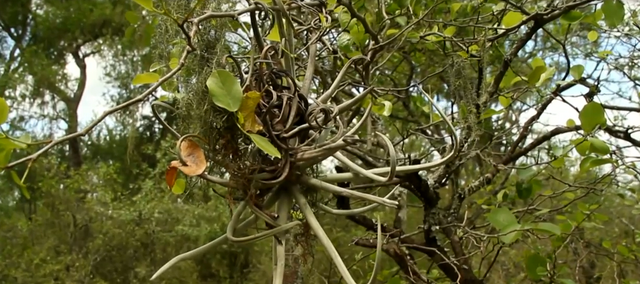
Other specimens are the corzuela or brown corzuela, the collar or choker peccary, the lipped or majano peccary and the mataco, majano or ball tattoo.
Among the felines are the Moorish or yaguarundí cat, the common wild cat and the puma.
There are also pampa foxes and wild foxes (Cerdocyon thousands).
An absolutely unexplored national park.
Touring the Copo National Park is a challenge for nature lovers.
Located in the area known as ‘el impenetrable santiagueño’, it is one of the lands least explored by man.
Another important exponent of the Copo National Park is the *quebracho colorado.
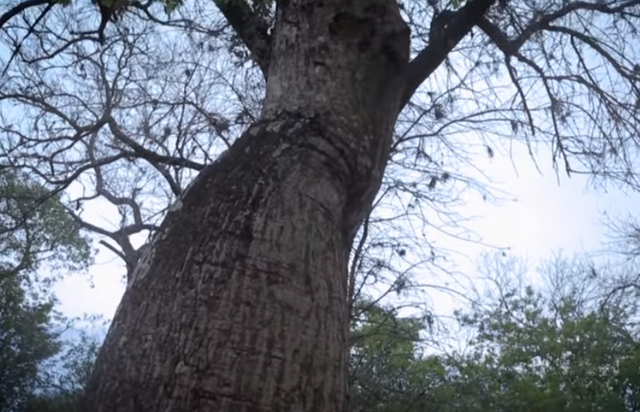
It is their last refuge. As a result of indiscriminate deforestation in the Chaco, its natural habitat has ended up taking refuge in this corner of the Santiago del Estero province.
However, the Santiago red quebracho is still the emblematic tree of the Chaco ecoregion, which predominates in the Copo mountains.
Its magnificent specimens, large in size and straight trunk, have a very hard and heavy wood, which was traditionally used to make railway sleepers and extract tannins with which leather is tanned, in addition to being used to make posts and coal.
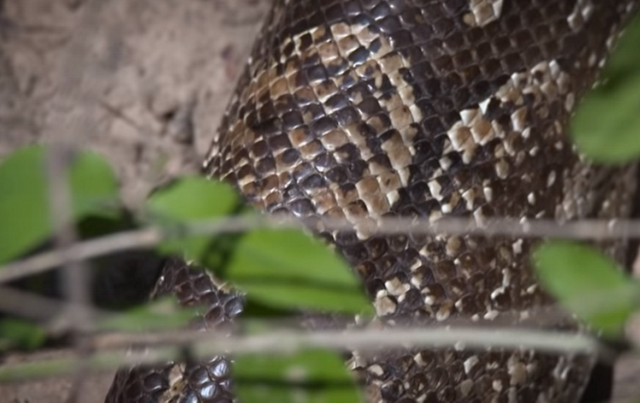
The best time to visit the PN Copo is between April and November; during the summer temperatures are usually too high and the rains can make access difficult.
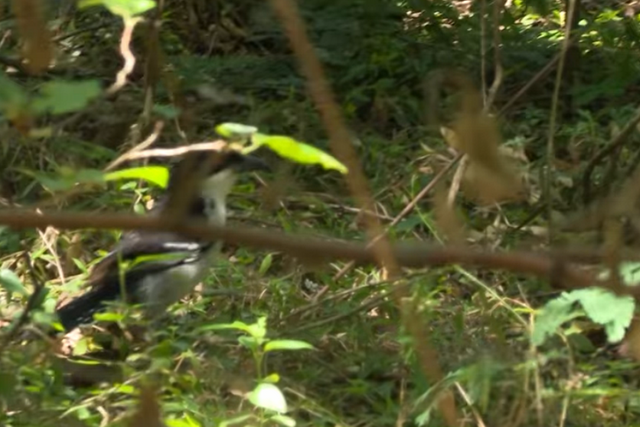 | 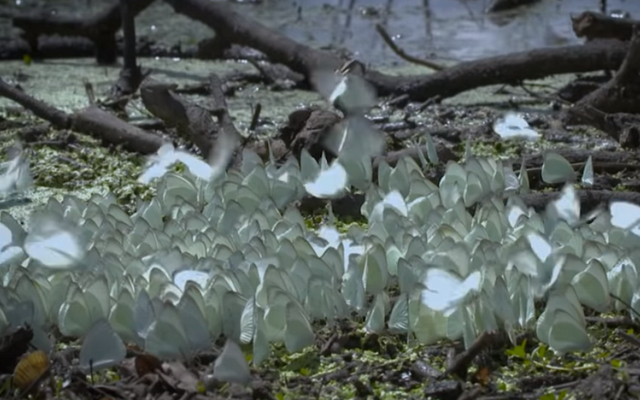 |  |
|---|---|---|
 |  | 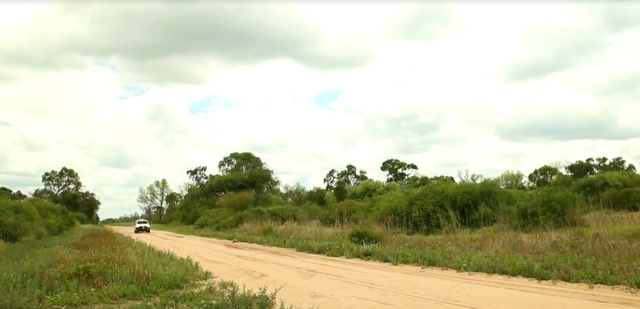 |
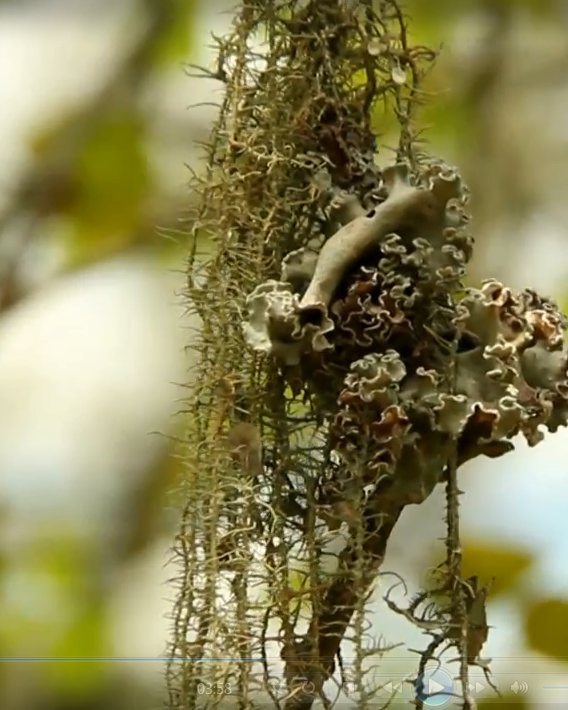 | 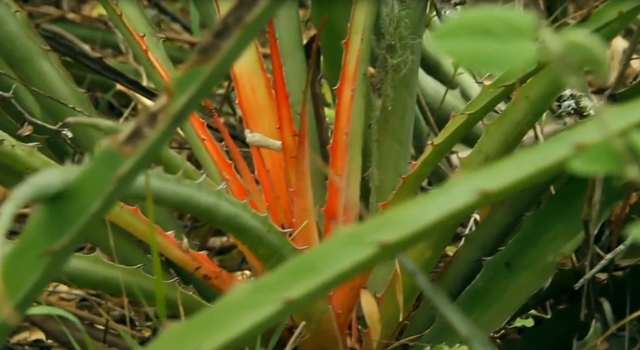 |  |
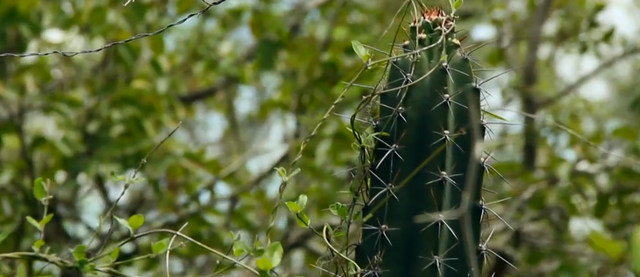 |
Trovato questo articolo interessante? Condividilo sulla tua rete di contatti Twitter, sulla tua bacheca su Facebook, Linkedin, Instagram o Pinterest. Diffondere contenuti che trovi rilevanti aiuta questo blog a crescere. Grazie! CONDIVIDI SU!!











Nessun commento:
Posta un commento
Non inserire link cliccabili altrimenti il commento verrà eliminato. Metti la spunta a Inviami notifiche per essere avvertito via email di nuovi commenti al post.